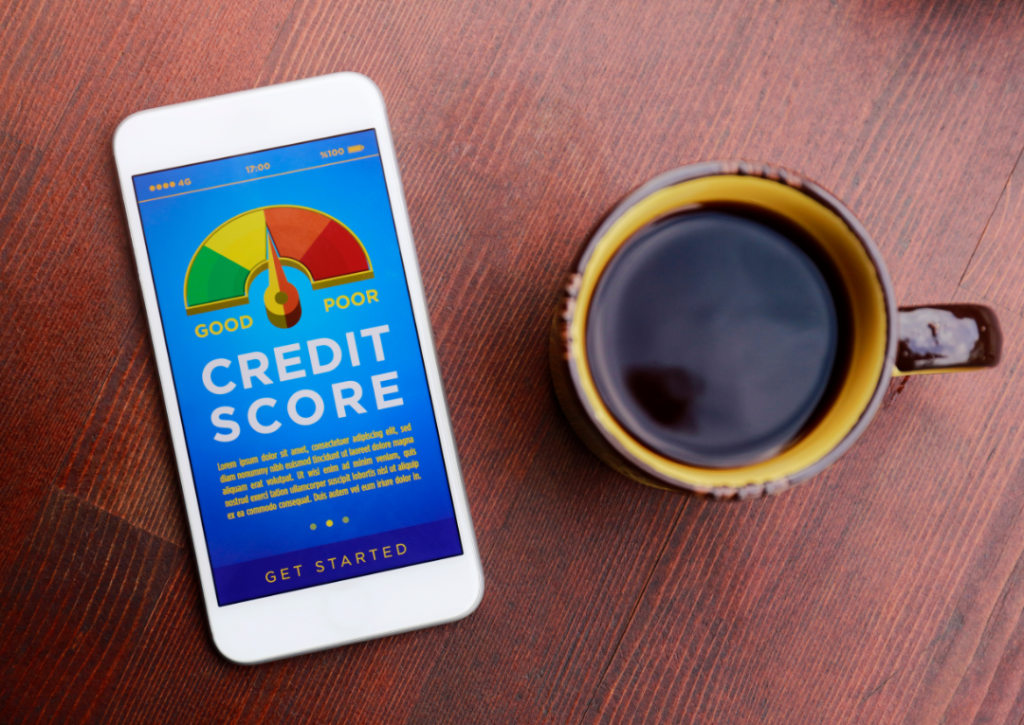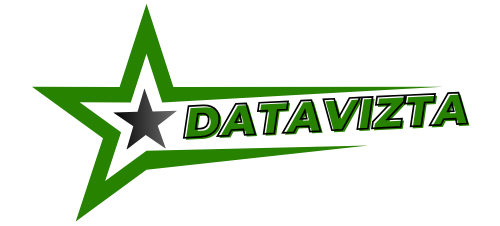Introduction to Borrowing
Welcome to the world of smart loan borrowing! Whether you’re looking to finance a major purchase, consolidate debt, or cover unexpected expenses, understanding the ins and outs of borrowing can set you on the path to financial success. In this guide, we’ll explore key strategies for making informed decisions when it comes to taking out loans. So buckle up and get ready to master the art of borrowing wisely.

Understanding Interest Rates and APR
Interest rates and APR are key factors to consider when borrowing money. Interest rates represent the cost of borrowing, expressed as a percentage of the total loan amount. The Annual Percentage Rate (APR) includes not just the interest rate but also any additional fees associated with the loan.
When comparing loan options, it’s important to understand that a lower interest rate doesn’t always mean a better deal if there are high fees attached. Always look at the APR to get a clearer picture of the overall cost of borrowing.
Variable interest rates can change over time based on market conditions, while fixed rates remain constant throughout the life of the loan. Understanding these differences can help you choose a loan that aligns with your financial goals and preferences.
By being aware of how interest rates and APR work, you can make informed decisions when selecting a loan that best suits your needs and budget constraints.

Types of Loans: Secured vs Unsecured
When considering borrowing money, it’s essential to understand the difference between secured and unsecured loans.
Secured loans are backed by collateral, such as a car or property, which reduces the lender’s risk. This often results in lower interest rates and higher borrowing limits. However, failing to repay a secured loan could lead to the loss of your asset.
On the other hand, unsecured loans do not require collateral but may have higher interest rates due to increased risk for lenders. These loans are typically based on creditworthiness and income level.
Before choosing between secured or unsecured loans, evaluate your financial situation carefully. Consider factors like how much you need to borrow, your credit score, and your ability to repay.
Whether you opt for a secured or unsecured loan depends on your circumstances and comfort level with risk.
Pros and Cons of Different Loan Options
When it comes to borrowing money, there are various loan options available to individuals based on their needs and financial situations. Each type of loan has its own set of pros and cons that borrowers should consider before making a decision.
Secured loans require collateral, such as a home or car, which can result in lower interest rates due to the reduced risk for lenders. However, if you fail to make payments, you could lose your assets.
On the other hand, unsecured loans like personal loans don’t require collateral but typically come with higher interest rates. These loans are ideal for those who don’t want to risk losing assets but may end up paying more in interest over time.
Payday loans offer quick cash but often come with extremely high interest rates and fees, making them a risky choice for borrowers who may struggle with repayment.
Borrowers should carefully weigh the pros and cons of each loan option before deciding which one aligns best with their financial goals and capabilities.

How to Determine Your Loan Needs
Understanding your loan needs is essential before diving into the borrowing process. Start by assessing why you need the funds and how much you truly require. Are you looking to consolidate debt, make a large purchase, or cover unexpected expenses?
Consider your financial situation, including your income, expenses, and existing debts. This evaluation will help determine how much you can realistically afford to borrow without straining your budget.
Next, compare different loan options available based on their interest rates, terms, and repayment flexibility. Choose a loan that aligns with your needs and offers favorable conditions that suit your financial goals.
Additionally, think about the timeline for repaying the loan. Understanding when you can comfortably make payments will guide you in selecting the right term length for your loan.
By carefully evaluating these factors, you can ensure that you choose a smart borrowing strategy tailored to meet your specific needs and financial circumstances.
Establishing a Repayment Plan
Once you’ve secured a loan, it’s crucial to establish a solid repayment plan. Start by reviewing your budget and identifying how much you can comfortably allocate towards monthly payments. Consider setting up automatic transfers to ensure timely repayments and avoid any potential late fees.
Prioritize high-interest loans first to minimize the overall cost of borrowing. If possible, make additional payments towards your principal amount to reduce interest charges over time. Stay in communication with your lender if you encounter financial difficulties as they may offer alternative payment arrangements.
Regularly monitor your progress towards paying off the loan and adjust your plan as needed. Celebrate milestones along the way to stay motivated and track your financial achievements. By establishing a clear repayment strategy, you can effectively manage debt while working towards financial freedom.

Tips for Responsible Borrowing
When it comes to borrowing money, responsible financial behavior is key. To ensure you’re making smart decisions with your loans, consider these tips for responsible borrowing.
Only borrow what you truly need. It can be tempting to take out more than necessary, but remember that every dollar borrowed needs to be repaid with interest.
Always read the fine print of any loan agreement before signing. Make sure you understand all terms and conditions, including interest rates and repayment schedules.
Additionally, compare different lenders and loan options to find the best fit for your financial situation. Don’t settle for the first offer that comes your way – shop around for competitive rates and favorable terms.
Create a budget that includes your loan payments so you can manage your finances effectively. Prioritize paying off your debts on time to avoid accumulating additional interest or fees.
By following these tips for responsible borrowing, you can make informed decisions that positively impact your financial well-being in the long run.

Conclusion: Making Informed Decisions for Your Financial Future
By understanding the various aspects of borrowing, such as interest rates, types of loans, and repayment plans, you can make informed decisions that align with your financial goals. Remember to always assess your needs carefully before taking out a loan and ensure that you have a solid repayment strategy in place.
Smart loan borrowing strategies involve thorough research, comparison shopping for the best terms, and being honest about what you can afford. By following these practices and staying responsible in your borrowing habits, you can set yourself up for a more secure financial future.
The key is to borrow wisely and only when necessary. With careful planning and consideration of all factors involved in taking out a loan, you can navigate the world of lending with confidence and pave the way towards achieving your financial aspirations.





